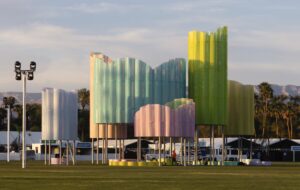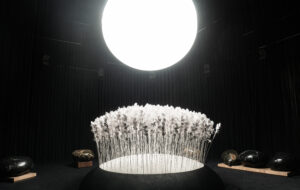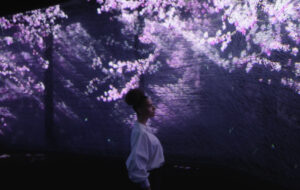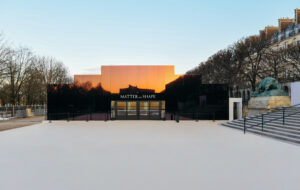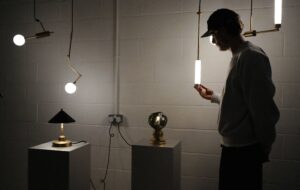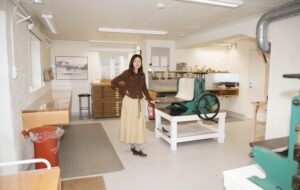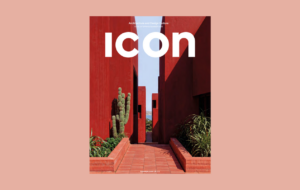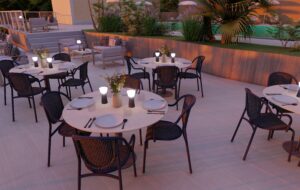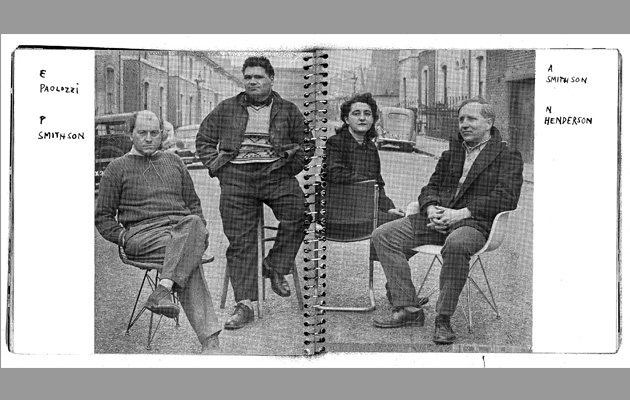 Pages from the catalogue of TIT exhibition, 1956. © Whitechapel Gallery
Pages from the catalogue of TIT exhibition, 1956. © Whitechapel Gallery
The Independent Group is a name on everyone’s lips once more – and not just because of the MPs who’ve broken away from their political parties. The artistic collective of the 1950s has proven its influence – notably in Whitechapel Gallery’s reimagining of its most famous exhibition
Though British politics has quite dramatically gained its own Independent Group, the name has been in use much longer as the collective moniker of a group of artists, architects and critics who explored and reimagined British visual culture in the 1950s in a multi-disciplinary coalition.
The collective of artists, architects and thinkers gathered at the Institute of Contemporary Arts from 1952 to around 1955 to discuss and collaborate on work that explored post-war Britain through the lens of wider visual culture, particularly mass-produced American media and advertising. The group spanned art, architecture and critical thinking, and explored ideas of mass media, sci-fi and contemporary culture, becoming forerunners of the British pop art movement.
Among its members were artists Richard Hamilton, Eduardo Paolozzi and William Turnbull, critics and writers Reyner Banham and Lawrence Alloway, and architects James Stirling, Colin St John Wilson and Alison and Peter Smithson, who had established their practice in 1950 and were honing their signature raw style eventually known as New Brutalism. Many went on to become better known in their respective fields as individuals, but the group began in radical fashion, working collaboratively to critique British culture, often controversially. The group was particularly critical of the development of post-war British design, notably scorning the celebration of British industry and aesthetics represented by the 1951 Festival of Britain, which many, including Banham and Stirling, attacked for what they saw as a betrayal of modernism’s strengths.
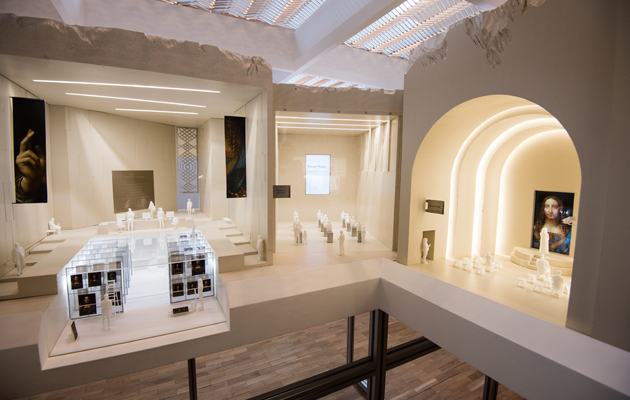 Simon Fujiwara and David Kohn’s contribution to the Whitechapel Gallery’s new exhibition. Image courtesy of Whitechapel Gallery
Simon Fujiwara and David Kohn’s contribution to the Whitechapel Gallery’s new exhibition. Image courtesy of Whitechapel Gallery
Read more about the Festival of Britain and the Independent Group in Icon 190
The group was particularly concerned with commercial and mass produced culture, with ‘found objects’ among the art created within its active period. The multidisciplinary and collaborative approach was most evident in its exhibitions. In 1953 the group held Parallel of Life and Art at the ICA that incorporated a variety of imaging techniques, including photography X-rays and collage and acknowledged other artists, often through reproduction, including of work by Jackson Pollock and Paul Klee.
The exhibition was controversial. In what became a famous essay for the Architectural Review on New Brutalism, Banham described how people complained of a ‘deliberate flouting of the traditional concepts of photographic beauty, of the cult of ugliness and ‘denying the spiritual in Man’.
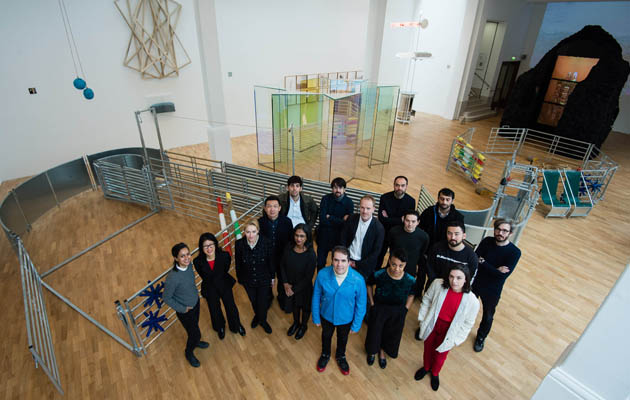 Participants in the 2019 Whitechapel Gallery exhibition, Is This Tomorrow?
Participants in the 2019 Whitechapel Gallery exhibition, Is This Tomorrow?
The most famous exhibition is one that is current once more – the group’s 1956 exhibition This Is Tomorrow at the Whitechapel Gallery has been reimagined by the gallery this year as Is This Tomorrow?. For the 1956 show, the group put together a collection of works created in small, multidisciplinary groups to create installations that explored ‘the modern way of living’. In its current reimagining the Whitechapel Gallery has commissioned a range of architects and artists to undertake a similar process, considering the challenges of the 21st century and responding to through creativity – and demonstrating once more the long and influential arm of the original Independent Group.

